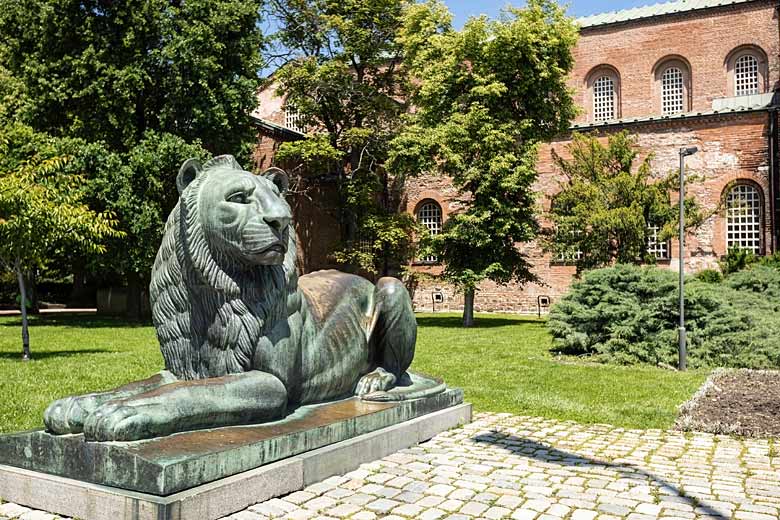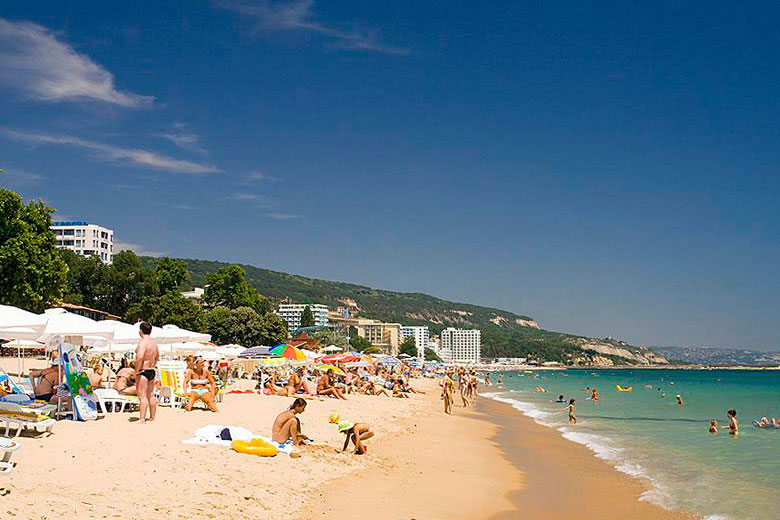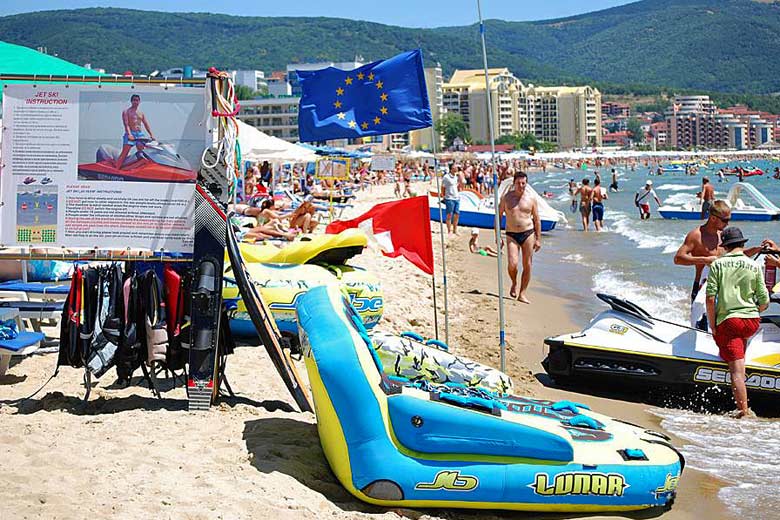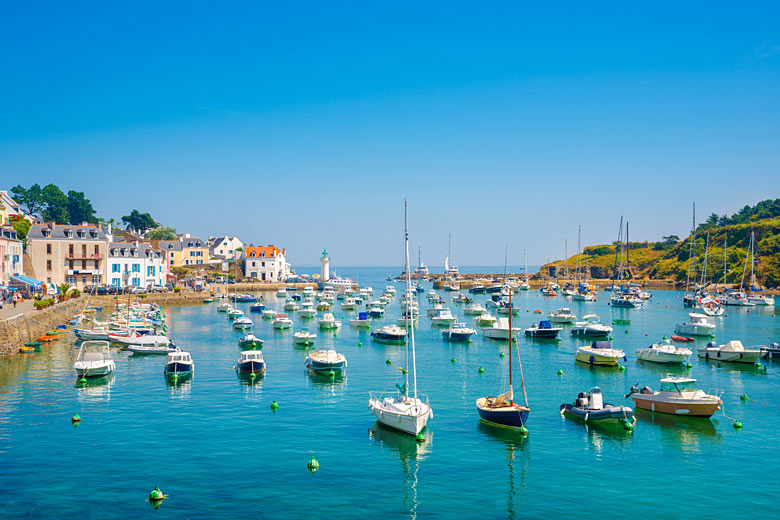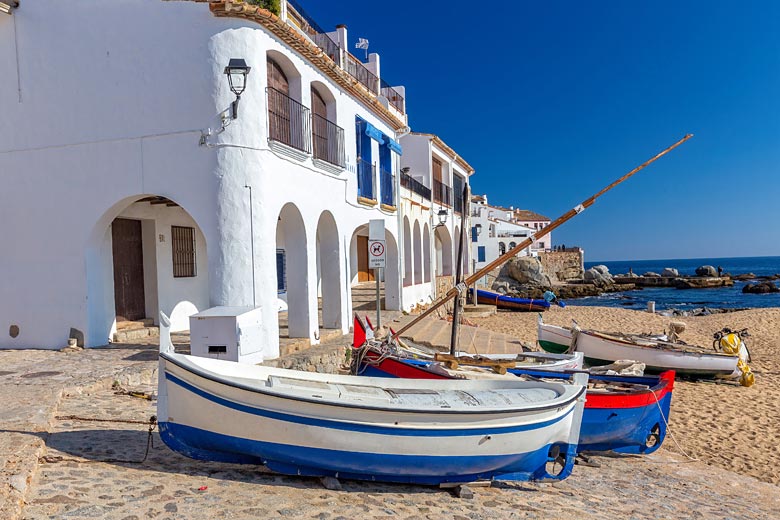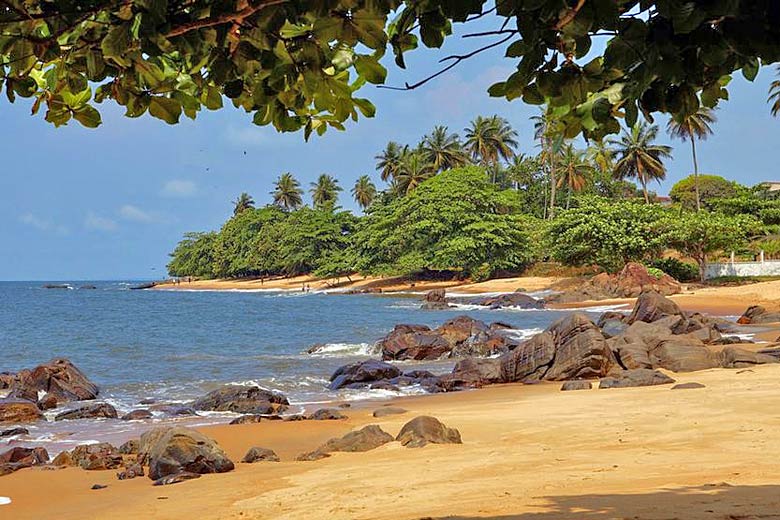- Book online with TUI & save up to 8% on holidays
- FREE child places available for select holidays
- Pay £0 deposits with direct debit & spread the cost
Bulgaria weather by month
Check out Bulgaria weather averages by month. Compare detailed monthly climate statistics including temperature, rainfall and sunshine figures.
| Jan | Feb | Mar | Apr | May | Jun | Jul | Aug | Sep | Oct | Nov | Dec | |
|---|---|---|---|---|---|---|---|---|---|---|---|---|
| Maximum daytime temperature °F |  43 43 |
 45 45 |
 52 52 |
 61 61 |
 70 70 |
 79 79 |
 82 82 |
 82 82 |
 77 77 |
 66 66 |
 55 55 |
 46 46 |
| Hours of sunshine (daily) | ||||||||||||
| Days with some rainfall |  7 7 |
 7 7 |
 6 6 |
 8 8 |
 8 8 |
 7 7 |
 5 5 |
 4 4 |
 4 4 |
 4 4 |
 7 7 |
 8 8 |
| Sea temperature °F |  45 45 |
 43 43 |
 45 45 |
 48 48 |
 59 59 |
 70 70 |
 75 75 |
 77 77 |
 72 72 |
 64 64 |
 55 55 |
 48 48 |
More about Bulgaria
Bulgaria by month
Jan Feb Mar Apr May Jun Jul Aug Sep Oct Nov Dec
Recommended for Bulgaria
The climate guide for Bulgaria (Burgas) shows long term monthly weather averages processed from data supplied by CRU (University of East Anglia), the Met Office & the Netherlands Meteorological Institute. Find out more about our data sources.
Top Bulgaria destinations
Below are average maximum temperatures at popular countries, regions and places in Bulgaria for next month - August. Select a destination to see the climate guide for all months of the year.
All Bulgaria destinations
- Albena
- Bansko
- Borovets
- Burgas
- Duni
- Elenite
- Golden Sands
- Nesebur
- Obzor
- Pamporovo
- Plovdiv
- Pomorie
- Sofia
- Sozopol
- St Konstantin
- Sunny Beach
- Sveti Vlas
- Varna
- Veliko Tarnovo
Metric (°C) | Imperial (°F)
Bulgaria climate overview
Bulgaria has a long history of foreign occupation having been part of the Roman, Byzantine and Ottoman empires, but despite its turbulent past is the oldest surviving state in Europe to have kept its original name. Today the country is on the difficult road of transforming itself from a communist state to one with a free economy.
In the southwest the Rila and Rodopi Mountains provide a scenic backdrop to the capital, Sofia. Steep rocky slopes at higher elevations and many glaciated lakes lead down to thick pine forest, with tiered cultivated fields below this. Frequent winter showers fall as snow over the highest ground sustaining popular ski resorts. Summers are drier with just a few thunderstorms, and it is generally warm at lower levels.
Through the middle of the country, from Serbia in the west and almost to the Black Sea coast, runs the narrow Balkan mountain chain where pine forest merges into deciduous, and vineyards nestle on lower south-facing slopes. Rolling foothills also provide valuable grazing pastures. Summers can be warm and sunny, followed by wet and cold winters.
To the north of the Balkan Mountains is the Danube river plain where heavily cultivated fertile soils support arable farming, mainly growing a mixture of wheat and maize. Winter daytime temperatures hover around freezing with frequent showers, intensifying by late spring. Summers are drier and sunnier, with warm temperatures.
The Black Sea coast has long and wide stretches of beautiful yellow sandy beaches, most famously at Golden Sands, backing onto natural deciduous forest. These are popular during the warm, dry summer months but winters can be cold with showers and plenty of cloud.
More about Bulgaria
Compare Bulgaria with the UK
Below the Bulgaria chart shows average maximum daytime temperature for Bulgaria (Burgas) and the UK (London).
Maximum daytime temperature (°F)
Metric (°C) | Imperial (°F)
Compare more Bulgaria weather >>
Be inspired
Get your weekly fix of holiday inspiration from some of the world's best travel writers plus save on your next trip with the latest exclusive offers
We promise not to share your details
Related posts
Popular travel offers
Explore holidays in the sun for less
- Beach holidays
- Family holidays
- City breaks
- Summer holidays
- Winter sun holidays
- Holiday offers
- Top travel brands
- Airlines & flights
- Discount hotels
- Airport parking deals
- TUI
- Jet2holidays
- easyJet holidays
- Love Holidays
- January sales
Airport parking
- Manchester Airport
- Stansted Airport
- Bristol Airport
- Luton Airport
- Birmingham Airport
- Edinburgh Airport
- Gatwick Airport
- Glasgow Airport
- Newcastle Airport
Airport lounges
- Manchester Airport
- Birmingham Airport
- Bristol Airport
- Edinburgh Airport
- Glasgow Airport
- Heathrow Airport
- Newcastle Airport
- Stansted Airport
- Gatwick Airport




















 TUI deal finder
TUI deal finder